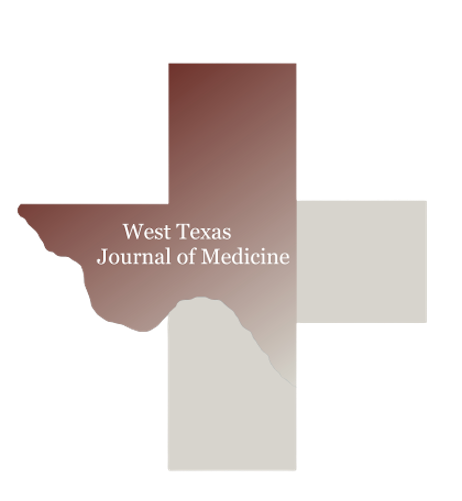The Role of Vitamin D Deficiency in Predicting Secondary Osteoporosis Among Geriatric Patients in West Texas Community: A Cross-Sectional Multi-Center Study
Keywords:
Vitamin D, Bone Health, Osteoporosis, GeriatricAbstract
Background: Vitamin D deficiency has been associated with osteoporosis and fracture risk. However, its role in secondary osteoporosis among community-dwelling elderly patients remains unclear.
Objectives: This study aimed to examine the relationships between vitamin D deficiency, bone mineral density, and fracture risk in elderly outpatients in West Texas.
Methods: In this cross-sectional multi-center study, 115 patients aged 65-89 years were recruited from outpatient clinics. Serum 25(OH)D levels, dual-energy x-ray absorptiometry scans, and Fracture Risk Assessment Tool (FRAX) scores were obtained. Patients were categorized by vitamin D status and presence of secondary osteoporosis. Differences in bone health outcomes were analyzed.
Results: Patients with secondary osteoporosis (n=34) had significantly lower mean serum 25(OH)D levels (24.48 ng/mL) compared to patients without secondary osteoporosis (n=81, 39.90 ng/mL, p<0.01). This difference persisted across 23/26 subgroups. Hispanic patients also had lower 25(OH)D levels than non-Hispanics (p=0.032). No significant correlations existed between 25(OH)D and other risk factors. 25(OH)D level demonstrated good diagnostic ability for secondary osteoporosis (AUC 0.826).
Conclusion: Vitamin D deficiency appears strongly associated with secondary osteoporosis risk among community-dwelling elderly outpatients. Routine screening and correcting of deficiency may reduce this risk. Larger studies should validate these findings and further examine the mechanisms of this relationship.





